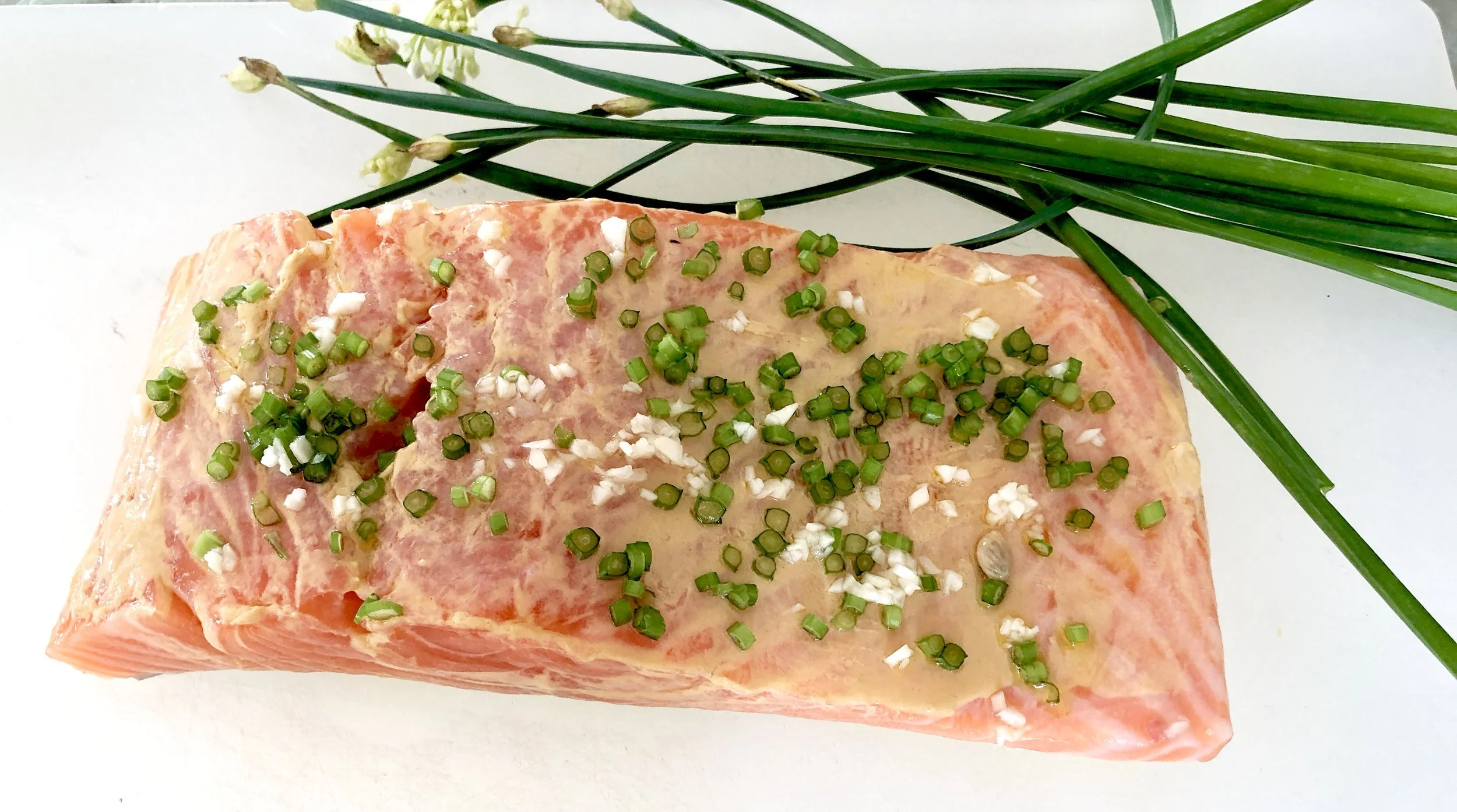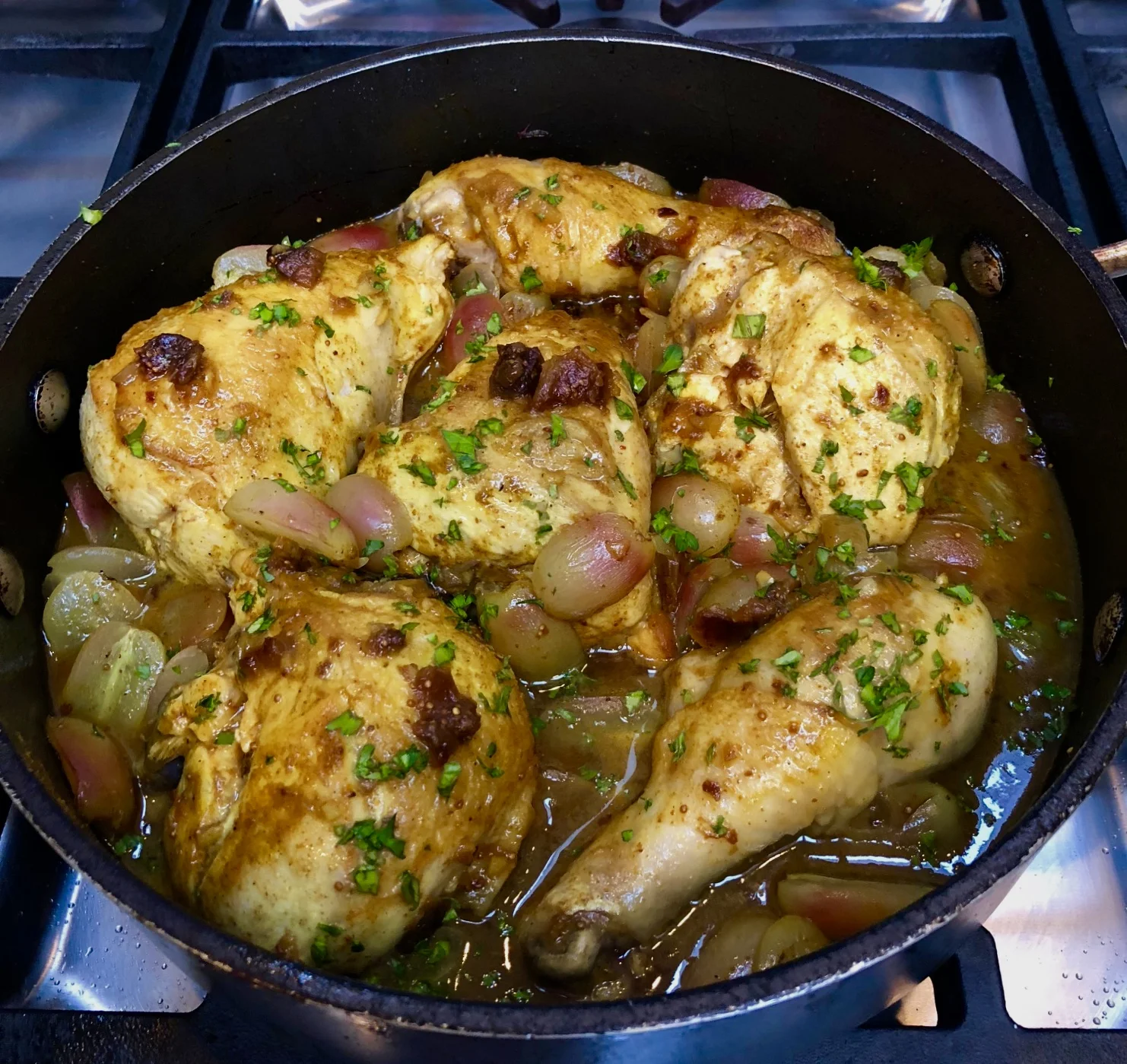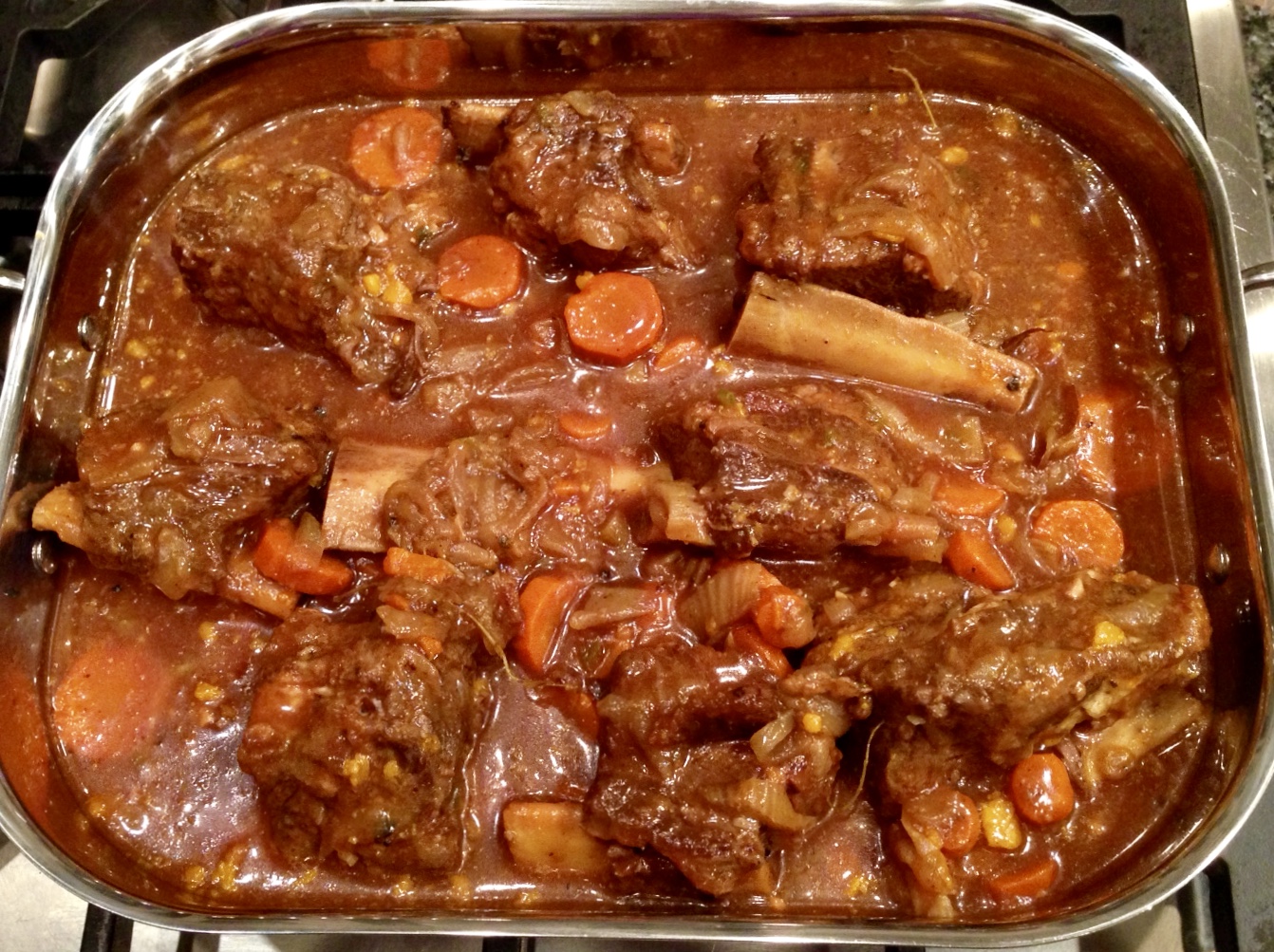I was thinking about which "real American" foods to serve on July 4th. Not just the usual icons: burgers, apple pie, lemonade. I wanted something that represented the "mongrels" that we are: Americans may be tribal in some ways, but we are also an odd mix-and-blend of a zillion cultures.
And so is American food.
For example, some say that Baked Beans are originally from France -- some sort of easy version of cassoulet. But the countries where they eat baked beans the most are English speaking: England, Ireland, Canada and Australia.
And yet ... baked beans are also a favorite in Holland and Hong Kong.
And of course beans themselves are native to South America, so who knows?
The original Puritan colonists in New England made baked beans often and for the same reason as observant Jews make cholent -- the dish cooks slowly in a pot so there's no work to be done during the Sabbath. Baked beans have been popular ever since, and particularly so after the canned versions first came along at the turn of the 20th century.
Green labelled Heinz Vegetarian baked beans were a standard item at my house when I was a kid.
So, baked beans it is.
I like making my own because when they're homemade I can season the beans the way I like, make them spicy or not, use more or less sugar (or sugar substitutes such as honey or maple syrup), make them vegetarian or with meat.
I recently had a couple of slices of flanken left over, so I decided to use them in a new recipe.
My husband usually likes my cooking and there are some dishes he thinks are so good he brags to people about them. Like my recipe for Carrot Soup with Harissa and Coconut.
These beans? He told me several times that they are among the best foods he has ever tasted. In fact, one night he only had baked beans (and a few of the chunks of flanken in them) for dinner.
So, this recipe is a yes for July 4th.
Baked beans take time. But you can make them several days ahead. They last for a week in the fridge. If you don't have flanken you can use chuck, smoked turkey or some kind of sausage.
Baked Beans for the Fourth of July
- 1 pound dried navy or great northern beans
- water
- 2 tablespoons vegetable oil
- 6-8 ounces beef chuck or flanken , cut into chunks
- 1 medium onion, sliced
- 1/3 cup dark brown sugar
- 1/3 cup honey
- 1/3 cup ketchup
- 1/2 teaspoon salt
- 1 tablespoon powdered mustard
Place the beans in a large saucepan and cover them with water. Bring the water to a boil over high heat. Lower the heat and cook for 2 minutes. Remove the pan from the heat and let the beans soak for one hour. Drain the beans and return them to the pot. Cover the beans again with water and bring to a boil over high heat. Lower the heat and simmer for 45 minutes. (Alternatively, cover the beans with water and let them soak for at least 8 hours.) Drain the beans and place them in an oven-proof casserole. While the beans are cooking, heat the vegetable oil in a sauté pan over medium heat. Add the meat and cook for 5-6 minutes, turning the pieces occasionally, until they are browned. Remove the meat from the pan and add to the beans. Add the onion to the pan and cook for 2-3 minutes to soften. Add to the drained beans and meat. Place the brown sugar, honey, ketchup, salt and mustard in a bowl and mix thoroughly to blend the ingredients. Stir in 2-1/2 cups water. Pour the mixture over the beans and meat. Cover the casserole and put it in the oven. Set the temperature at 300 degrees and cook the beans at least 5 hours, or until they are tender.
Makes 8 servings









